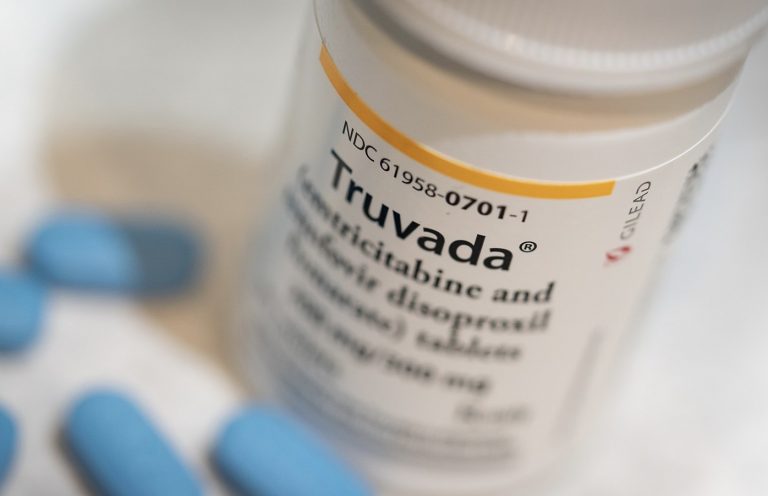As a recently developed strategy for preventing HIV infection, pre-exposure prophylaxis (also known as PrEP) is becoming a popular solution for at-risk individuals. HIV-negative individuals are prescribed PrEP therapy to lower the likelihood of becoming HIV-positive when exposed to the virus. When taken correctly, it’s very improbable to contract the virus, even in the absence of condoms. For most users, PrEP side effects are minimal in nature, offering high levels of protection with minimal (if any) discomfort.
How HIV attacks the body
The human immunodeficiency virus attacks the body’s immune system. The body cannot fight HIV, nor can it get rid of it. The target of HIV is a specific white blood cell within the body. These cells are tasked with fighting disease and infection, which can cause havoc on the body. HIV targets white blood cells called CD4 cells. These T-cells coordinate your body’s immune response (for example, when you get a cold) and protect it against harmful invaders. When HIV enters the body, it tricks the CD4 cells into becoming a home base for the virus, which allows it to reproduce and spread throughout the body.
Without CD4 cells, HIV wouldn’t be able to replicate and thrive within the body. Unfortunately, these cells trigger the body’s response to fight an infection, meaning our body needs them to function. When testing for HIV, blood work will evaluate the CD4 lymphocyte count to assess whether a person is infected with the virus. These counts can tell healthcare professionals how HIV is affecting the immune system, whether a new medication is required, and to diagnose AIDS after the progression of untreated HIV. The lower the CD4 count, the more difficult it will be for your body to fight off infections.
How PrEP Works Against HIV
If exposure to HIV occurs, PrEP can prevent the virus from taking residence in your body. With the constant stream of medication within the bloodstream, the person at risk often remains HIV-negative, with a 92% reduction rate. PrEP is only for HIV-negative individuals. It will not work on anyone already diagnosed as HIV-positive. In fact, people with HIV may find adverse effects taking the medication.
PrEP is ideal for anyone who has had sexual encounters with someone that has HIV, has been diagnosed with an STI in the past six months, or has consistently not used a condom during sexual encounters. It may also be used by anyone who injects drugs, shares needles, or has a partner with HIV.
PrEP Acts as a Defender for Your Body
PrEP works by establishing fortified “walls” around the CD4 cells within your body. The walls keep the virus from entering into your T-cells and block them from replicating. Should HIV enter your body (in the event of an exposure), it is unable to reproduce.
The PrEP therapy builds a continuous stream of medicine within your body, offering a concentrated dose within sensitive areas. Mucous membranes are often entrance points for HIV (as it needs somewhere to enter the body), which can be thin and weakened depending on the area. One example of a weakened area in the anus. The delicate area can become easily torn, especially without proper lubrication. Small openings offer simplified access for HIV to enter the body as these tears occur, even at micro-levels.
Studies have estimated that PrEP protection begins approximately seven days after the first dose. This can vary by person, with the most prolonged time frame at twenty days (often for injection drug users). This therapy does require monitoring from your doctor, which occurs once every one to three months.
This therapy is meant to be only a tool in the HIV prevention kit; it’s not designed to replace other methods of contraception like condoms or identifying HIV status before sexual contact. It’s always recommended to use a latex condom with water-based lube when engaging in sexual contact with a person you aren’t familiar with. This includes a partner you’ve just met or a relationship you’ve just started.
It’s always a wise idea to practice safe sex strategies when using PrEP. This will continue to lower your risk further. Participate in regular sexually transmitted infection screening to safeguard yourself further. The presence of STIs can facilitate HIV, as it leaves the area vulnerable (even while taking PrEP). Likewise, an HIV-positive partner with STIs will often have an increased viral load, even while committed to therapies. The infection draws higher concentrations to the area of infection, increasing the chance of an HIV-negative individual getting the virus.


0 Comments